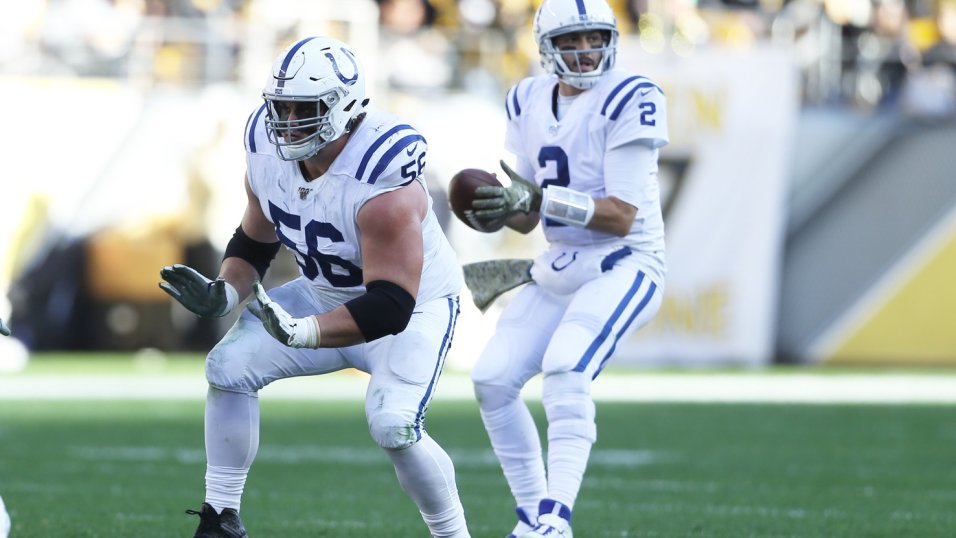Run Line Nfl
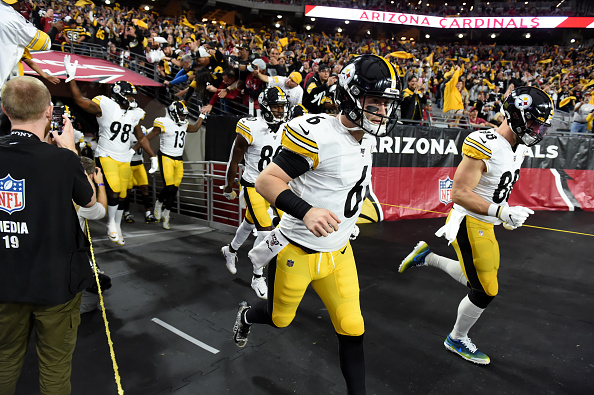
MLB Run Line Betting is fairly popular with MLB bettors, but is not nearly as popular as betting the MLB money line or the over/under line. Many beginner bettors may not be familiar with MLB Run Line betting or may not fully understand how it works, so below we will explain how exactly the MLB Run Line Betting option works.
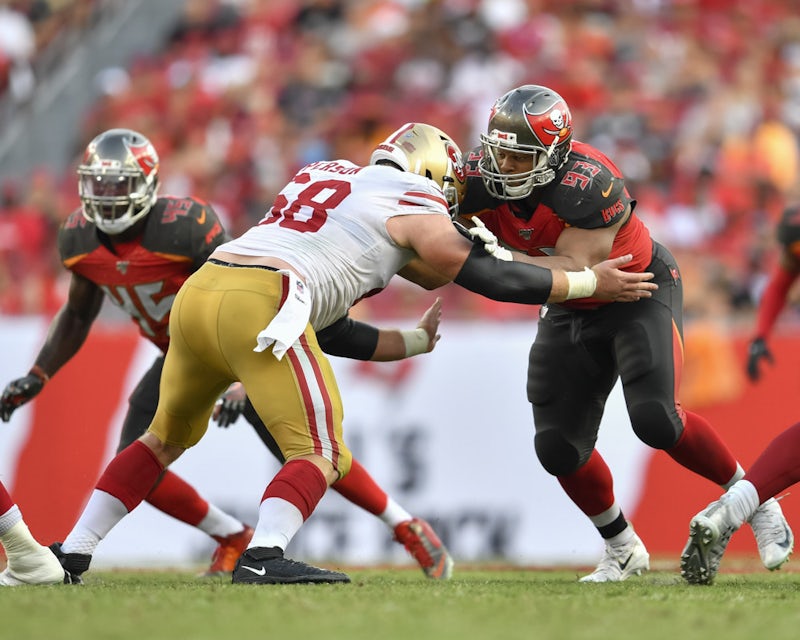
Depending on the defensive call, he may also provide run support. He is positioned 10 to 15 yards behind the line of scrimmage, toward the center of the field. He provides the last line of defense against running backs and receivers who get past the linebackers and cornerbacks. But if the line is run-blocking, and the receivers are running routes AND the quarterbacks eyes are fixated on a single defender, then there’s a very good chance you are watching an RPO in action. NFL Europa, a defunct league run by the NFL, used a 10-minute overtime period, with the constraint that each team must have the opportunity of possession; once both teams have had such an opportunity, the overtime proceeds in a manner similar to the NFL's. Thus, if Team A has the first possession of overtime and scores a touchdown and converts. Offensive linemen in the NFL don't get near the same amount of attention or credit compared to quarterbacks, running backs, wide receivers or even tight ends when it comes to the success a team has. Saints odds, line, spread: NFL picks, 2021 Divisional Round predictions by model on 120-78 run SportsLine's advanced computer model simulated Sunday's Saints vs. Buccaneers game.
First it is important to understand that with MLB Run Line Betting you will be choosing sides or teams like you do with money line betting. Run Line Betting in baseball almost mimics NFL Spread Betting exactly, which is the most popular type of football betting.
The line for baseball run lines is 1.5. With a 1.5 run line you will be able to place a wager on the favored team to win by 2 runs or more, or the underdog team to lose by 1 run or to win the game.
The line would be set on the favorites at -1.5, which essentially means the team must win by 2 or more runs, or “cover” the 1.5 run line. Within the same game the underdogs would be listed at +1.5, which means that the underdog team must either lose the game by 1 run or less, or win the game outright.
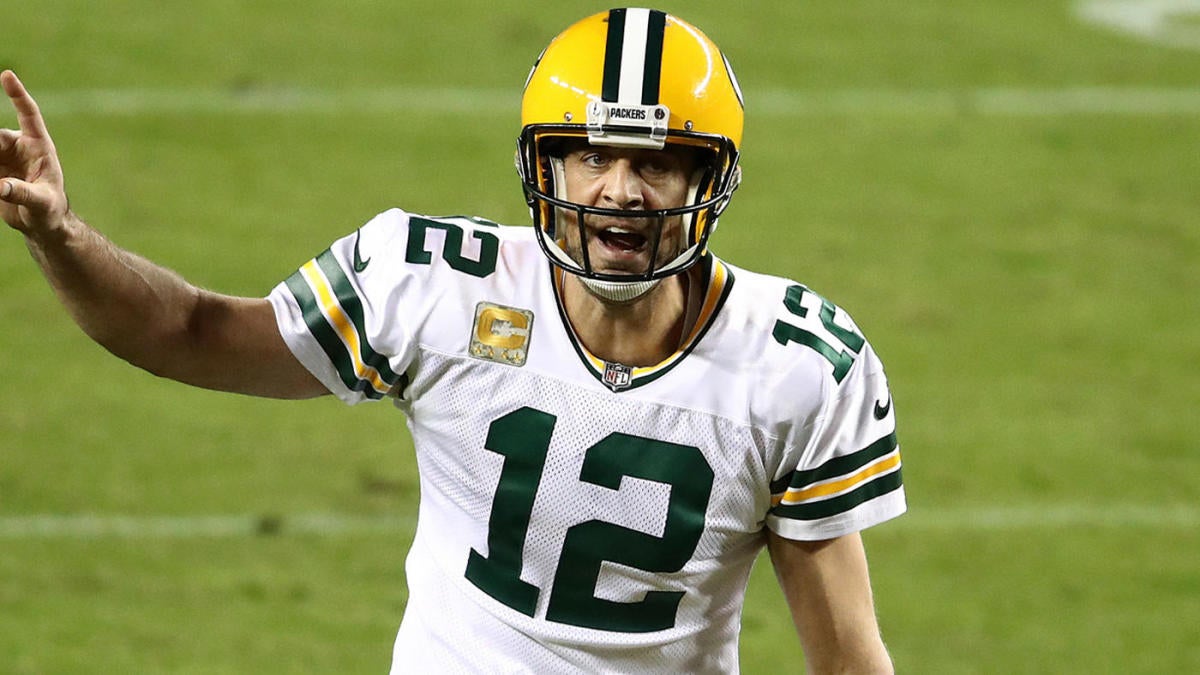
Although the MLB Run Line is always set at 1.5, some betting sites allow you to bet alternative lines of 2.5 or sometimes even 3.5 runs with varied odds of course.
Betting Site | Bonus | Bet Now | |
|---|---|---|---|
| 1 | up to €30 Free Bet | Go to Site | |
| 2 | 22Bet | 100% up to €122 | Go to Site |
| 3 | 100% up to €200 | Go to Site | |
| 4 | 10Bet | 100% up to €50 | Go to Site |
| 5 | 100% up to €50 | Go to Site |
MLB Run Line Example:
Chicago White Sox +1.5 (-150)
@ Minnesota Twins -1.5 (+120)
In the MLB Run Line example above, you can see that the Twins are the favorites in the game, as the run line is set at -1.5 for them. The negative (-) sign indicates that the Twins are favored, and must cover the 1.5 runs (win by 2 or more) in order for a bet on them on the run line to win. The odds listed for the Twins to win by two runs or more in our example are +120.
You will also see that the White Sox are the underdogs. The +1.5 indicates that the White Sox must either win the game outright or lose by a single run in order for a run line bet placed on them to win. The odds listed for the White Sox on the run line in our example are -150.
MLB Run Line Betting Strategy
A lot of bettors overlook the difficulty of MLB Run Line Betting. Many bettors will get in the mindset that the team they think will win the game will probably do so by at least 2 runs, leading them to bet the run line over the money line because of the higher odds. Just about 30% of MLB games end up being one run games, which is a lot higher than most people would have expected, making it very tough to predict when a team will cover the 1.5 run spread on the run line.
Another thing that many casual bettors don’t take into consideration when betting the MLB Run Line is the disadvantage that the home team has. When the home team is favored they will need to win by two or more runs in order for a wager on them on the run line to win. Because the bottom of the ninth inning is not played out when the home team is winning, it leads to a lot of one run ball games finishing in the middle of the ninth inning. The home team gets one less at bat to score the extra runs that could have won you a run line wager.
One of the best strategies when betting the MLB Run Line is to try and stay away from laying the 1.5 runs on the favored team. Taking the 1.5 runs on an underdog team is a more profitable long term strategy, and many of the sharp MLB bettors will be taking the run more often than laying the run. There will be some spots where you can even get money taking the 1.5 runs. In the end it is all about finding value with MLB Run Line betting, and if you can spots to bet it you can be profitable!
Remember when the Broncos, in the late 90’s, could seemingly run any running back out there and he would rush for a thousand yards a season? That was the advent of the great schism in offensive line philosophies – Zone and Man (or Angle). In lockstep with many of the Genus and Species type confusions on how things are named in modern football, it is better to describe why a new philosophy was born and to identify the essential core differences between the two blocking concepts.
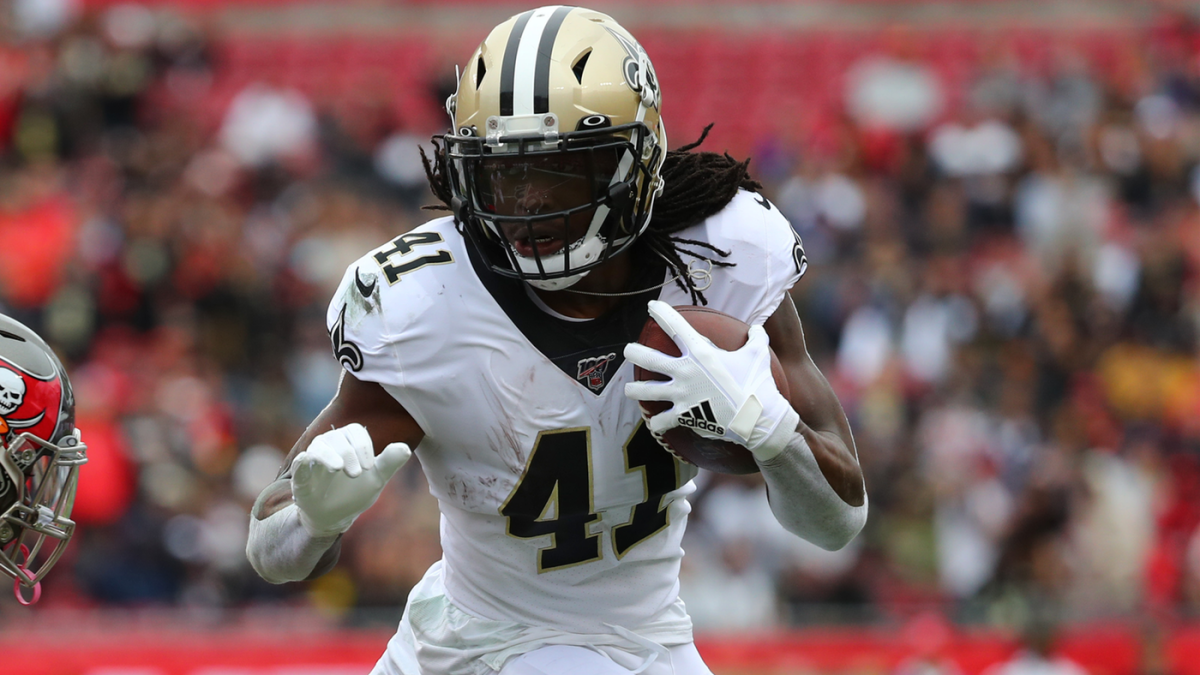
Offensive line play was fundamentally fairly simple until the zone concept developed in the 90’s- essentially it boiled down to “beat the big guy in front of you.” Consider Hall of Fame offensive lineman Russ Grimm’s Hall of Fame quote: “…there’s no greater feeling than to be able to move a man from Point A to Point B against his will.” Let’s simplify things and say that all in all, that was the general approach of offensive linemen until the zone idea came along.
In the mid 90’s, Alex Gibbs put in a zone blocking scheme for the Denver Broncos. Offensive lines were having a very difficult time with all of the zone blitzing of 3-4 defenses, and the stunts of 4-3 defenses. It was extremely difficult to figure out who was blitzing, who was dropping into coverage, and who was just maintaining their gaps. So, Gibbs essentially said forget it… we will dictate how we block by not worrying about where defenders are and we will have the offensive line all move as a unit.
You can easily identify when a team is using the zone blocking scheme, it almost seems like all five guys are just one synchronized marionette moving in one direction. They have a series of “steps” that they all will do where each man is occupying a “zone.” Running backs basically didn’t have to think or react… they had a very specific assignment to follow. There is no true “hole” to run through, simply a point of attack as the linebackers are displaced by the shift of the offensive linemen.
The contrast to that is the traditional “Man” or “Angle.” This is, to simplify, an approach where the offensive linemen have real person assignments to block, and are not just blocking a specific area. In the Angle blocking scheme you will see the pulling guard used to release and move down the line to lead block for a running back.
Run Line Nfl Picks
The Zone offensive scheme thrived tremendously, utilizing smaller but more agile offensive linemen. Angle schemed offensive linemen were generally bigger and stronger. The Zone scheme was difficult for defenses to adjust to until a few teams figured out how to capitalize on the undersized linemen.
Now, before you get too comfortable, there is a third option… The “Gap” blocking scheme. Gap blocking essentially is a hybrid of Man/Angle and Zone. A gap blocking scheme involves the linemen blocking players in the “gaps” to either side of him. A guard might pull through to create a hole for a running back.
Today, teams will generally have a concept that they prefer, which allows them to pursue players that best fit for the system. And some teams have started to use big, physical lineman that you would generally use in the Angle scheme and use a lot of zone concepts. The general idea is to not get too locked into either scheme so that defenses can lock down on the weakness of either.
For the draft, it is important to know what your team prefers to run. In general, zone teams can wait later in the draft for offensive linemen, as there are many “smaller” offensive lineman playing in the spread that can operate effectively in the a zone scheme. However, never be surprised when a team goes after that super-premium left tackle early in the draft. When a team has a left tackle that is both big and agile, it allows the team to mix up schemes within the game, allowing them to dictate the run game.
Explanation of Contrast between Basic Zone and Man Concepts:
Run Line Nfl Game
